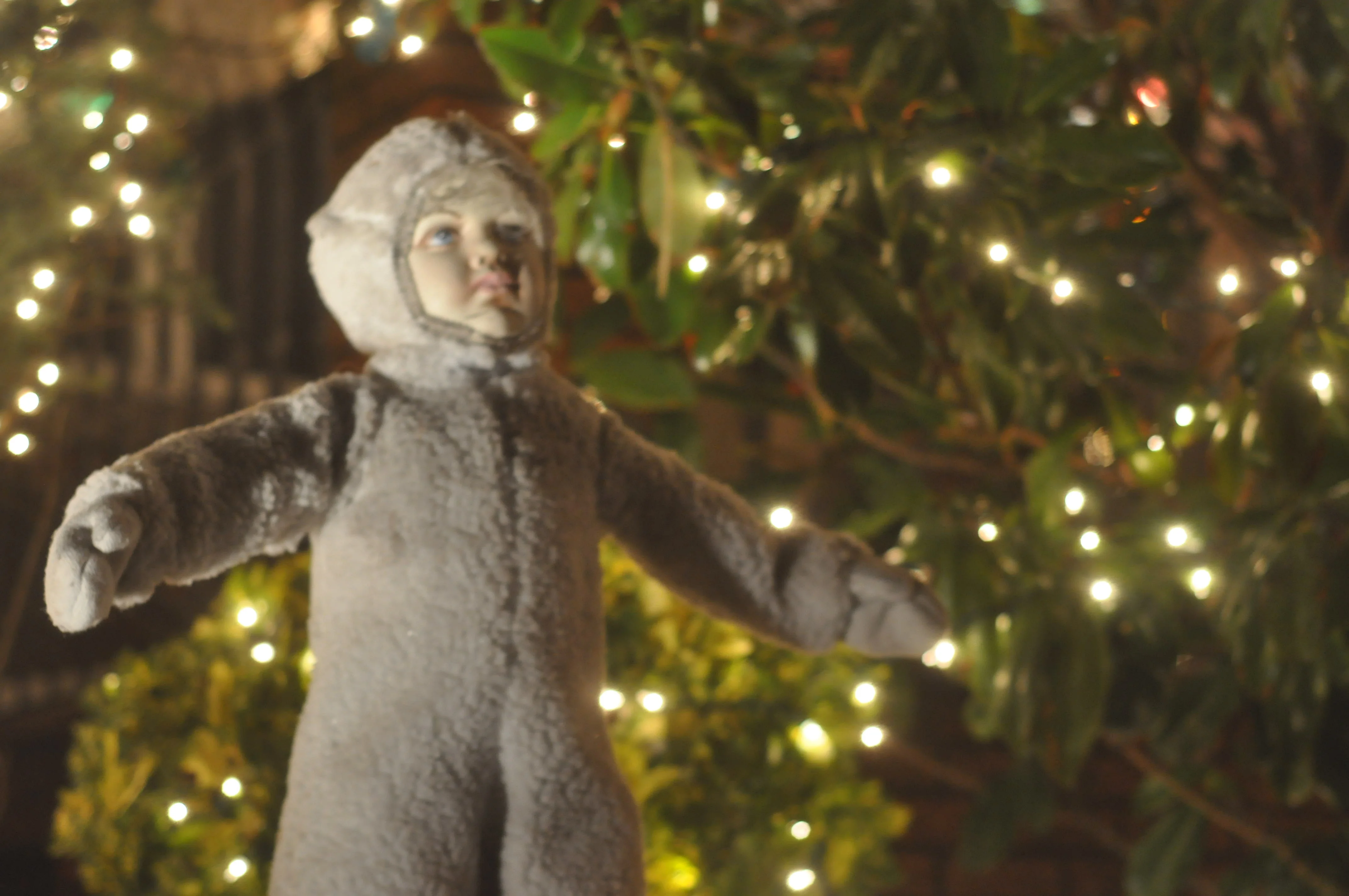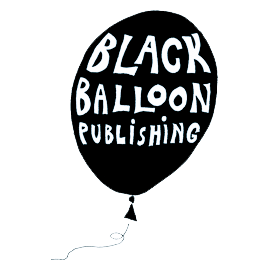“There are twenty-seven different definitions of the self,” I heard Siri Hustvedt say at the Brooklyn Book Festival yesterday. “So you had better decide which one you want to use before going any further.”
It reminded me of that morning, when Sheila Heti and Karl Ove Knausgaard faced a throng of literati at a discussion called "Ice or Salt: The Personal in Fiction." James Wood had acknowledged the former’s “surfeit of empathy”in How Should a Person Be?: A Novel from Life and the “ceaselessly compelling” quality of the latter’s My Struggle: Volume One. And both writers spoke out in contrast to the versions of the selves they’d presented on the page: Karl Ove read from one of the more meditative, “authorial” sections of My Struggle, while Sheila focused on a letter between herself and the sado-masochistic Israel.
Hustvedt, who was also on the panel with Knausgaard and Heti, noted how their books, despite hewing closely to real life, used novelistic conventions. The very act of forming art necessarily deformed the life from which it was drawn. The other two novelists nodded, throwing their hands up in mock-resignation. (Laurent Binet should have been on the panel solely on basis of HHhH.)
One of the most common (and certainly the most frustrating) questions authors must answer is whether their fiction is autobiographical — and then they have to explain how, and where exactly, and of course why. But why are we so fascinated by this divide, or lack thereof, between an artist’s life and an artist’s work? Why did the line for this event teem with so many people that it filled the second floor and most of the first floor of the Brooklyn Borough Hall Courtroom?
Because we are confused about our many definitions of selfhood, perhaps?
In my college creative-writing courses, I read thinly veiled autobiographies of near-suicides or first heartbreaks. It was a way to talk about the event without judging the person who had lived it. But I preferred the direction Sheila and Karl Ove took. To paraphrase Yeats, they resisted the impulse topack the personal in ice or salt; they actually used their own names.
A great deal of what makes us human is our evident self-consciousness. Because of this, we can think about ourselves as seen by others, as doing things not yet done, as different from our present and living selves in age or body or action. We can think about ourselves as others.
We want to know whether our books' authors are writing about themselves, because we want to know if it's possible to live two lives, to escape the one in the world by setting another one down on the page. We want to imagine that these different definitions of the self actually mean different selves.
It's clear that Sheila Heti and Karl Ove Knausgaard have grappled mightily with this question, and maybe even made some peace with it. They see their literary personae as separate selves, old and no-longer-personal selves that do not need to be packed in ice or salt. What we read is, to them, just another version to add to the hundreds of selves already in their heads.
image credit: elbauldeguardian.com





















 A Black Balloon Publication ©
A Black Balloon Publication ©